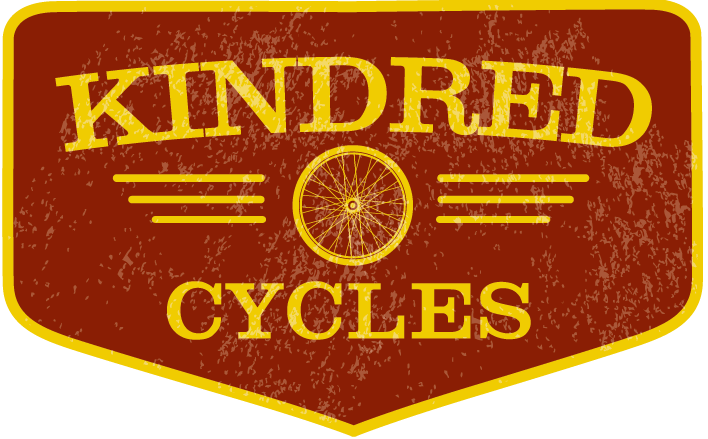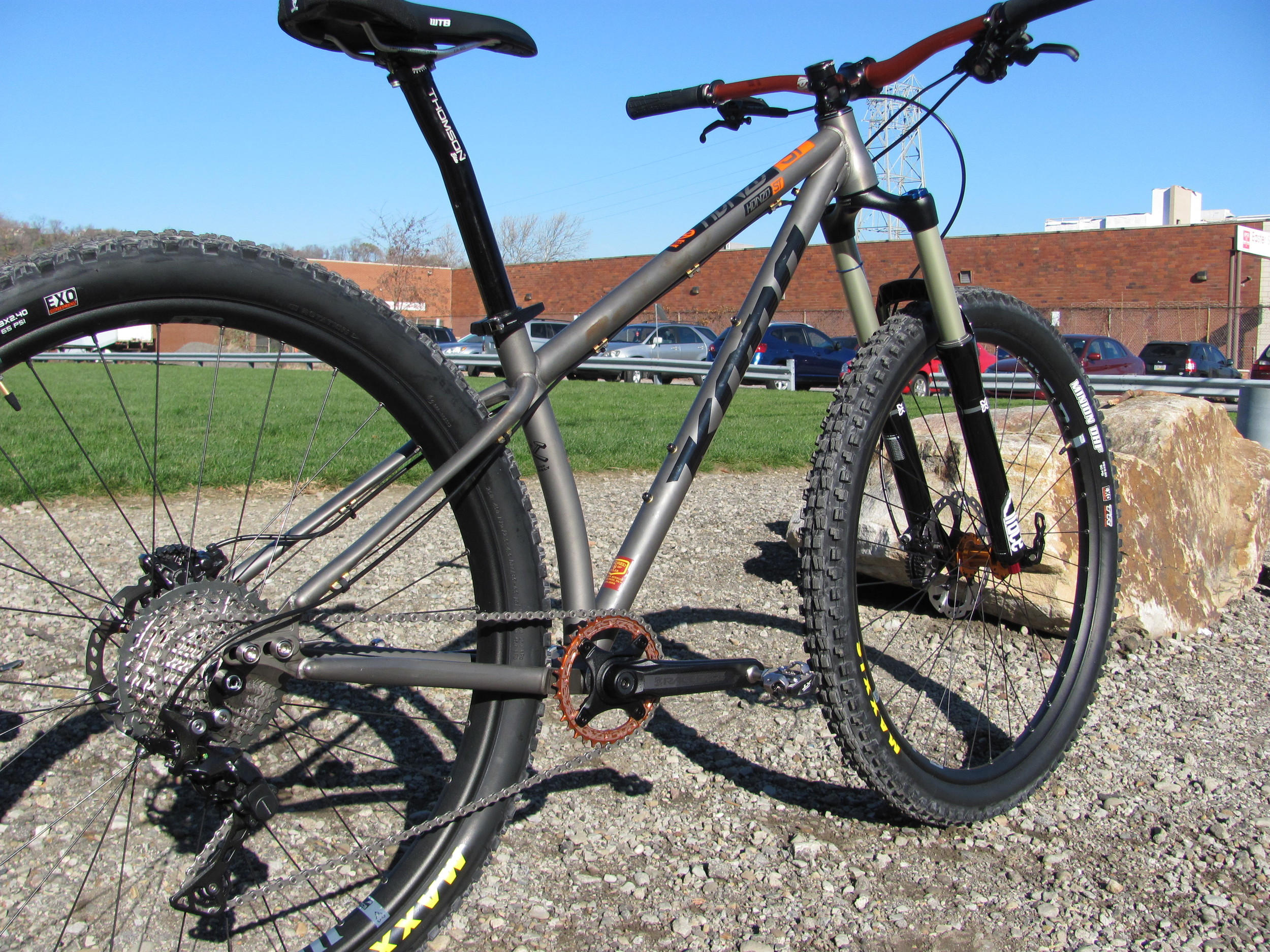To those of you who have yet to discover the wonders of self generated bicycle lighting, bicycle dynamos refer to electricity generating hubs designed to power lights and charge accessories such as cell phones or GPS units. Bicycle lighting is a fundamental element of bicycle safety and with the change in seasons we find ourselves ever more reliant on our lights to see and be seen. This year Katharine, Nate, and myself decided we would all equip our primary commuting bicycles with Dynamo equipped lights to explore the benefits and see if the additional expense of Dynamo lighting was justifiable. Well...here at Kindred we have become Dynamo light obsessed.
Here are some of the Dynamo products we keep in stock here at the shop. Most of the lights we carry are from Germany, where until 2013, all bikes over 11kg legally had to have a dynamo lighting systems to be in compliance with the law. Now battery powered lights are legal but Dynamos still rule the roost in Germany and much of Europe.
Here in the United States most cyclists rely on battery powered lighting to increase their visibility on the road and provide illumination. With the advances in LED technology battery powered lights have improved tremendously in the last 10 years increasing in brightness while expanding battery life. This begs the question: Why then are Dynamo lights a viable alternative to less expensive battery lighting? To put it simply, why spend $200-500 dollars on dynamo lighting when a nice set of battery powered lights can be found for $60 or so? After talking with Nate and Katharine we compiled a list of why we love our dynamo lights and the advantages we see over battery powered lighting.
- Dynamo lighting doesn't need to be removed to have their batteries charged or replaced so they are less likely to misplaced or forgotten.
- Dynamo lights are much less likely to be stolen when left on the bicycle as they are attached by wiring and are useless without a dynamo hub.
- No batteries needed make dynamos lighting more environmentally friendly
- No batteries and self generated power means that they will not stop working in the middle of a ride no matter how long it is.
- Many dynamo lights are better designed than cheaper battery lights and have features like daytime running lights, beam cutoffs to prevent blinding motorists and fellow cyclists, better beam patterns, and are brighter etc...
For me this all boils down to a more enjoyable and safer riding experience. I find that my integrated lighting adds another degree of freedom to my cycling experience and for that I find the investment worthwhile. Freedom is a word I hear commonly associated with bicycles. Many people have fond childhood memories of bicycles being a first taste of freedom, a tool of exploration, and a mode of transportation. For me adding dynamo lighting to my bicycle gave me another degree of freedom. One less thing to do before leaving the house and jumping on the bike, and one less thing to do after locking up. I no longer have to worry about ferrying my lights on and off of my bike for charging or after locking up. I don't have to worry about forgetting them on the usb charger as I leave the shop or house. I am free from the concern that my battery will die before my ride is over leaving me vulnerable and scared.
Here is a picture I snapped of Katharine riding through Polish Hill on one of our nightly commutes. The beam of her Busch and Muller Cyo T premium dynamo headlight is incredibly eye catching. The very bright beam is carefully managed to provide excellent illumination while not to blinding motorists as per German safety regulations. The light also has a daytime running feature that can sense light or dark and can alter the beam accordingly.
A new goal for us here at Kindred is to try and expose more and more people to dynamo lighting. We are working on a blog post to illustrate our personal dynamo setups as well as showing some of the wheels and systems we have designed and installed. This month we are going to highlight Dynamos as a convenient, reliable, environmentally friendly, safe alternative to traditional battery and rechargeable battery lighting.
You may be asking yourself "how do I go about getting these wonderful lights installed on my bicycle?" and/or "What would it cost to have this wonderful system installed?" Generally speaking a dynamo system includes a Dynamo front wheel, front light, and rear light as well as wiring and connector bits. We can tell you that we stock complete dynamo wheels starting at $160 for non disc and $216 for disc options. Headlights range from $50-$200 and tail-lights range from $20-$50. All together some dynamo setups can start as low as $250. We, of course, also custom build dynamo wheels should you need something a little more unique. If you are curious, stop down by the shop to talk or shoot us an email.
We stock reasonable Pre-Built Wheel Options for Rim or Disc Brake Bicycles
Rim Brake Option: Alex Adventurer 36H Rim Laced to Shimano Nexus Dynamo 6V-1.5W $160
Disc Brake Option: Velocity Dyad Reflective 32H Laced to Shimano Alfine 6V-3W $216
We enjoy custom build wheels using using high quality dynamos hubs from manufacturers:
- SON Schmidt's Original Nabendynamo
- Shutter Precision
- Shimano
We use a wide variety of rims due to the varying needs of our customers but we particularly like to build with:
- DT Swiss
- H Plus Son
- Velocity
- WTB
At least 90% of the wheels we build get laced with DT Swiss Competition 2.0/1.8/2.0 double butted spokes and brass nipples. Although we can and have employed other spokes and nipples to achieve various objectives.


































